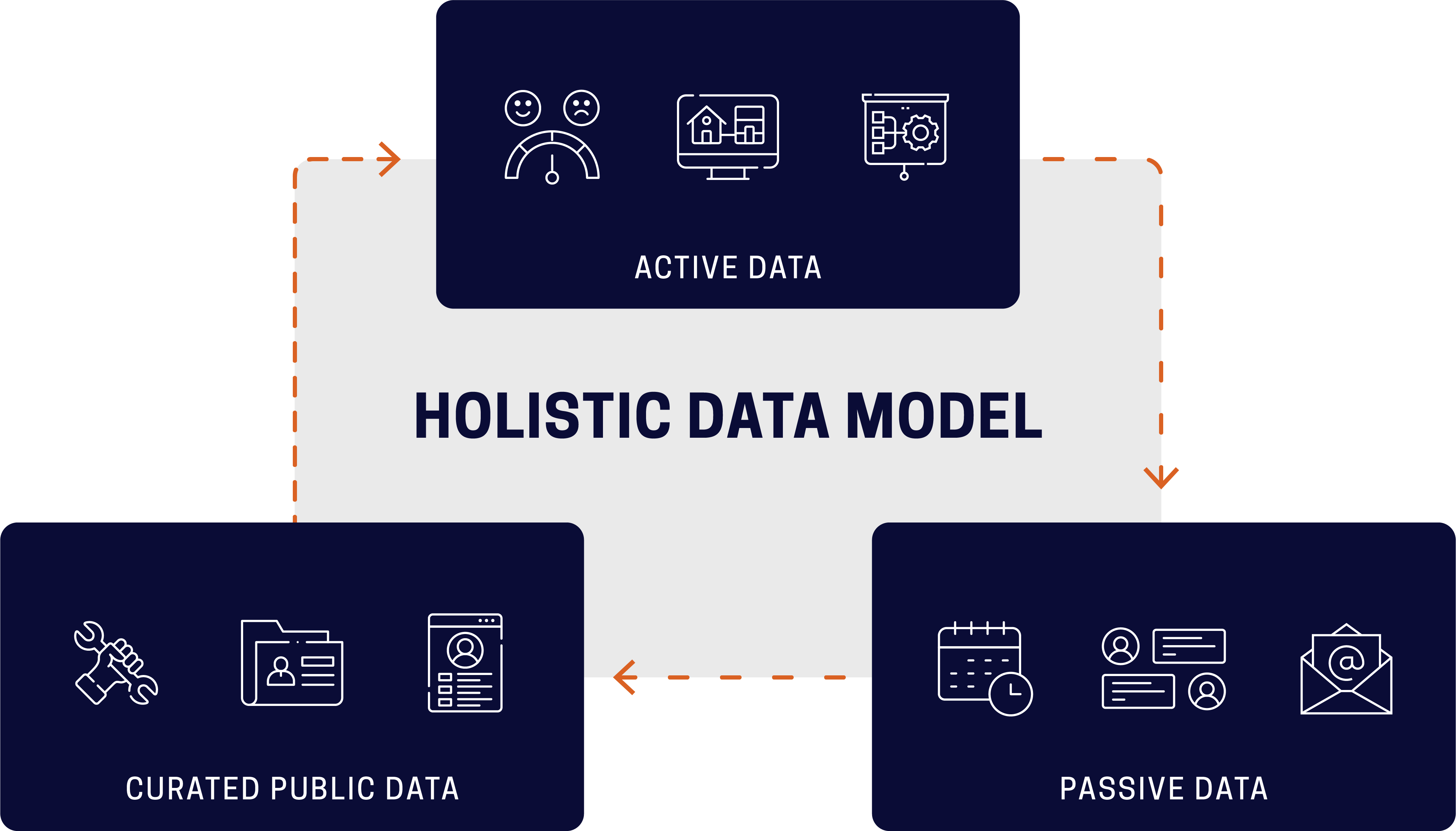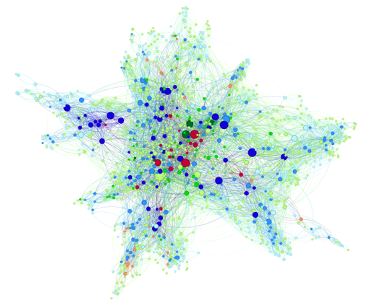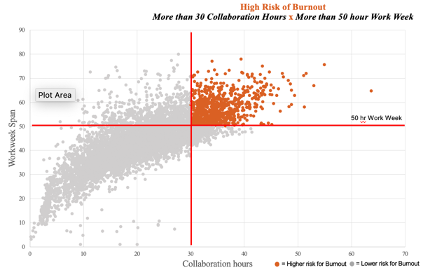“Can you believe we used to do this every day?”
Raise your hand if you have said that in recent weeks or heard it from a colleague or direct report. Maybe it was after their particularly frustrating commute. Maybe you said it after buying lunch instead of eating leftovers out of your fridge. Most of us have grown accustomed to the flexibility and autonomy that have come with remote or hybrid work.
And now, nearly four years after remote work became ubiquitous and has lasted for far longer than anyone initially envisioned, return to office (RTO) is embedded in our work vernacular, much like how remote work became a household term back in 2020.
So, how should leaders be thinking about RTO and how it will impact their organization? As many have noted, this is not a simple conversation nor is there a one-size-fits-all solution.
But what we do know from working with world-class organizations across a host of industries is this: Leaders and organizations must navigate the return-to-office transition in a thoughtful, intentional way that is backed by data and an understanding of how their decisions will impact employee productivity and morale.

As organizations grapple with the complexities of devising or revising their RTO strategies, the key lies in targeting the problems rather than simply seeking the easiest implementation. It's time to adopt a data-driven approach to navigate this transition effectively.
Consider these three factors as you read through this piece and craft (or revisit) your own RTO approach:
Does your approach align with the overall strategy of your organization?
Productivity should be a driver of your RTO strategy. Where do your employees do their best work?
What are the specific labor market implications for your location and industry?
From conversations with senior leaders who have considered these factors and approached this challenge with mixed results up to this point, this much is clear: Without a clear and comprehensive way to combine various types of analyses, including the ones listed above, companies risk missing crucial success factors and overlooking the nuances of their workforce.
Currently, many organizations find themselves at a crossroads, lacking the analytical capabilities needed for a strategic RTO approach. In the absence of a data-driven methodology, companies are left relying on news and industry reports or, at worst, gut instincts and mimicry of what others are doing. The consequences are profound – a higher likelihood of overlooking essential success factors specific to their company strategy or neglecting the unique characteristics of their workforce and labor market that often get lost in the broad strokes of industry datasets.
By harnessing the power of data analytics across various sources and dimensions such as employee engagement, organizational networks, public labor supply and demand data, passively captured behavioral data, and competitive intelligence, a customized approach can be had. This approach aims to unearth what works best for each organization, or alternatively, pinpoint the reasons why the current plan may be falling short and what adjustments are needed.

Questions such as “When should employees be in the office? How should this differ by function and seniority? And what are the Productivity vs. Cost tradeoffs of those decisions?” are much too important to make without data to inform them.
Organizational networks play a pivotal role in shaping the dynamics of the workplace. Traditional strategies may overlook the influence of these networks, leading to missed opportunities for effective collaboration, communication and encouraging the sense of belonging that is crucial to employees today. By identifying key influencers, communication bottlenecks, and collaboration hotspots, leaders can optimize their RTO strategy, ensuring that it aligns seamlessly with the natural flow of communication and collaboration within the organization.
McChrystal Group partnered with a globally dispersed consumer packaged goods organization to help it better understand and map how and when colleagues collaborated. This information allowed leaders to identify within their teams the importance of network size and rate of network growth. Our data show that network size is directly related to retention, regardless of an employee's place of work, whether it be from home, hybrid, or full-time in the office. By expanding their networks, employees feel more connected with the organization and become better equipped to prioritize their projects, resulting in improved job satisfaction and a higher likelihood of staying with the company.

Using Organizational Network Analysis, company leaders identified key network influencers to target for change initiatives
Key insights also uncovered critical functional and regional siloes that required deliberate interventions
Understanding network influencers is key to understanding your organization’s operating rhythm not only today, but also going forward, and will give leaders a better sense of who to leverage when executing an RTO strategy. For instance, if you know that a significant amount of information and decision making rests with one influential person, how will their presence or lack thereof in the office impact that pattern? The shape of your organization’s network has a profound impact on how team members interact with each other, and if you as a leader don’t know it, chances of getting RTO wrong increase.
Considerations on how RTO policies will impact your organization’s leaders are also buoyed by unique data sets. Using passive data, McChrystal Group supported an organization in uncovering the drivers of burnout, particularly among leaders. Will your RTO strategy put more of a burden on your leaders? If you’ve already seen turnover among leadership, place extra thought into how a policy will impact them.
At this organization during the pandemic when remote work took hold, company leadership consistently took on excessive collaboration loads, with a trickle-down to lower levels. This left little time for deep, focused work and contributed to burnout and turnover, a trend company leadership wanted to curb with their RTO policy.

Directors in the organization represented a crucial pain point for the company, with about 25% turnover among those employees
Almost 60% of all directors collaborated more than 30 hours per week, an early warning indicator of over-collaboration and burnout.
Public data and passive data add further layers of insight to the RTO puzzle. By aggregating and examining public data on external factors such as the demand and supply of different skill sets across local vs. remote locations, organizations can gain a nuanced understanding of the external labor environment and what it will support from employee location strategy. Passive data, including employee behaviors and usage patterns, provides a real-time feedback loop, allowing companies to adapt their strategies dynamically based on evolving circumstances.
Competitor data, often overlooked in traditional approaches, emerges as a crucial component in McChrystal Group’s methodology. Understanding how competitors are navigating their return to office provides valuable benchmarks and insights. It enables organizations to learn from industry peers, identify potential pitfalls, and fine-tune their strategies for a more competitive edge.
Each organization’s context will present new and unique areas for investigation, however answering the critical questions around productivity, labor supply/demand in relation to an organization’s location, as well as the organizational strategy will provide a nuanced, actionable path ahead for an RTO strategy.
You don’t need us to tell you that this year is a pivotal one for organizations, particularly those grappling with their RTO strategy. That’s why adopting a data-driven approach is not just advantageous; it's imperative. As companies navigate the complexities of returning to the office, embracing a data-driven methodology will not only enhance the effectiveness of their strategies but also be rewarded with an engaged and productive workforce.



